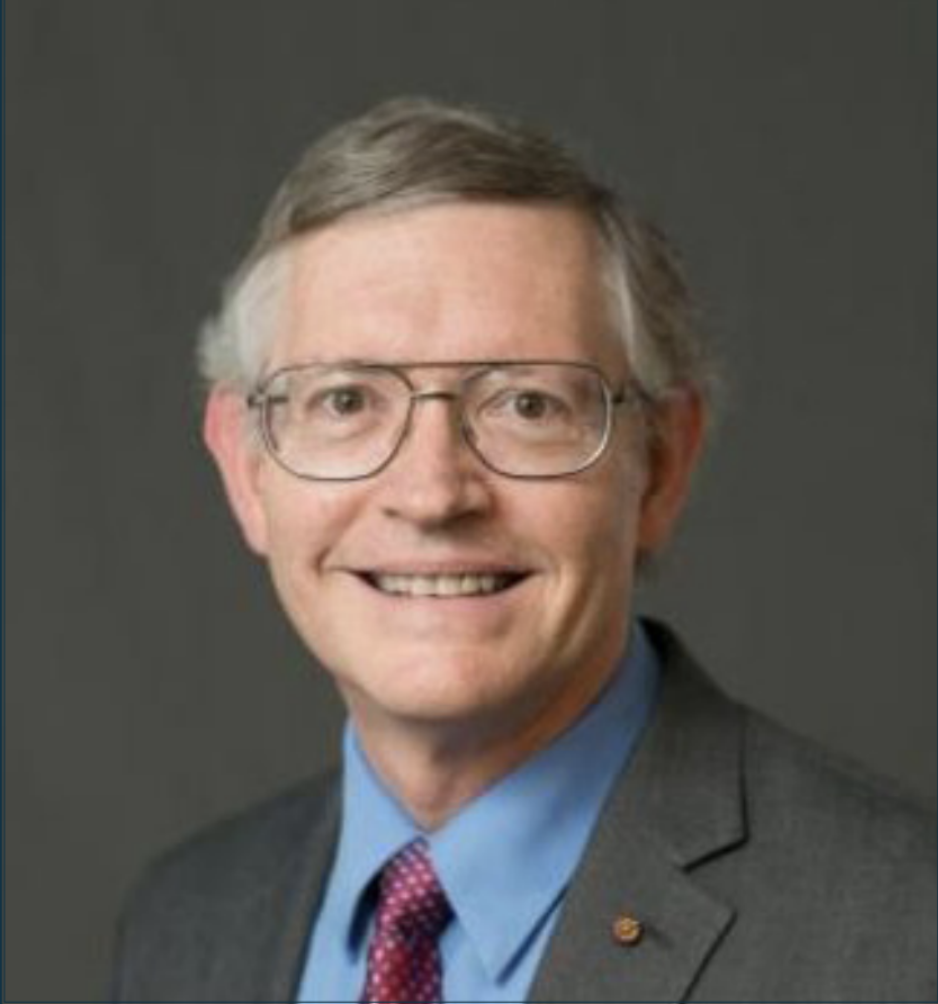Professor W.E. Moerner
Professor W.E. (William E.) Moerner
Departments of Chemistry and Applied Physics (courtesy)
Stanford University
Abstract
The Story of Light and Single Molecules: From Spectroscopy in Solids, to Super-Resolution Nanoscopy in Cells and Beyond
The optical detection of single molecules has provided a new view into the nanoscale. Since ensemble averaging is removed, each single molecule can act as a reporter of not only its position, but also local information about the nearby environment. One key application is super-resolution microscopy, which enables biological objects and material structures to be observed with resolutions down to tens of and below. Examples range from protein superstructures in bacteria to bands in axons to details of the shapes of amyloid fibrils, cell surface sugars, protein superstructures in the primary cilium, and much more. For super-resolution imaging in thick cells, a new tilted light sheet design makes use of optical engineering methods which alter the fundamental way in which a microscope works, providing a simple, useful 3D microscope. Low temperature single-molecule imaging provides much improved localization precision in order to complement cryo-electron tomography studies. Even coronavirus RNA in an infected mammalian cell forms amazing cluster-like structures which are reminiscent of the galaxies from modern telescopes. Combining super-resolution imaging of a static structure with time-dependent 3D tracking of other biomolecules provides a powerful view of cellular dynamics. While not all of these topics can be covered, they serve to illustrate the continuing richness of the field.
W. E. Moerner
W. E. Moerner is the Harry S. Mosher Professor of Chemistry, Applied Physics, Biophysics, and Molecular Imaging at Stanford University. He is a pioneer in the fields of single molecule spectroscopy, super-resolution microscopy, and quantum optics including single-molecule biophysics in cells; nanophotonics of metallic nanoantennas; and photoactive polymer materials. Major milestones include first room-temperature single-molecule source of single photons, 3-D studies of single molecules diffusing in gels, observation of blinking and switching in single GFP molecules, pumping of single molecules with whispering gallery modes of microspheres, and beam fanning and self-pumped phase conjugation in new extremely high gain photorefractive polymers. He is the 2014 Nobel Laureate in Chemistry for the development of super-resolved fluorescence microscopy, in addition to awards including the Wolf Prize in Chemistry, the Peter Debye Award in Physical Chemistry, the Earle K. Plyler Prize for Molecular Spectroscopy, and the Irving Langmuir Prize in Chemical Physics.
